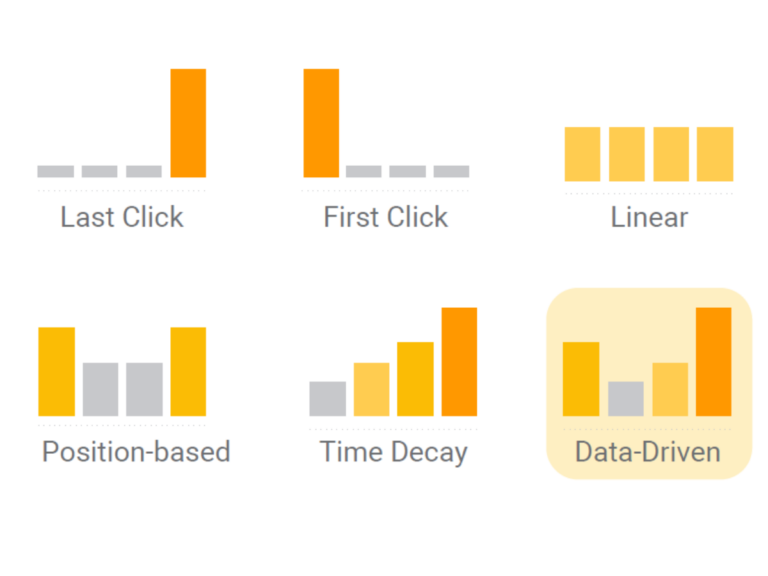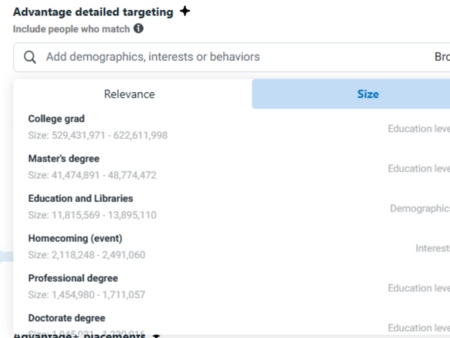Google is currently testing a new ad format on search results: scrollable, categorized shopping ads that users can swipe through, right from the top of the page. If you’re running search ads, this change could mean more visibility – but also more competition – for your ads.
What’s New?
Instead of just seeing individual ads in the usual list format, users may soon see a swipeable carousel with different ad categories. Imagine someone searching for a general category term like “running shoes” – they might now be able to scroll through categories like “Top Picks,” “Affordable Options,” and “Kid’s Brands.” Each category would showcase different ads, potentially allowing users to discover more options without leaving the main search page.
Sachin Patel via X
This new setup allows Google to display more ad options without cluttering the traditional list format. It’s still in the testing phase, so not every user is seeing this yet, but if it rolls out widely, it could be a big shift in how ads are displayed and engaged with on Google.
What This Means for Your Brand
For e-commerce brands and anyone using Google Search ads, this new format could lead to increased exposure. With multiple categories, more ads are displayed in top positions, and your products could fit under several categories – boosting your chances of catching a user’s attention.
But with this increase in ad visibility, competition also ramps up. If more brands are visible in swipeable categories, staying top-of-mind for users may require more specific targeting, new keyword strategies, and possibly even testing ad copy tailored to each category.
Here’s the kicker: this change could also impact performance metrics. With so many more options available to users on a single search, click-through rates (CTR) and conversion rates could fluctuate as people explore different categories before making a choice. Adjusting for this shift early can help you stay competitive as Google continues experimenting with this format.
Steps to Take Right Now
If you’re running Google Ads, here are some things you can start doing to get ahead of this change:
- Optimize Ad Categories: Think about the possible categories your ads could fall under. Are there common themes or keywords you could focus on, like “Best Sellers,” “Affordable,” or “Top-Rated”? Structuring your campaigns around these groups might give you a leg up.
- Refine Your Ad Copy: With a swipeable ad format, your ad copy should stand out. Make sure it’s catchy, clear, and tailored to any category you’re targeting. Highlight features like discounts, quality, or exclusivity.
- Review Performance Metrics Regularly: Watch how metrics like CTR, impressions, and conversions change if your ads are part of this test. Testing a new ad format could affect user behavior, so keeping a close eye on performance can help you adjust strategies quickly.
- Experiment with Multiple Campaigns: Test ads across different categories to see what sticks. This will give you data on where your ads perform best, so you’re ready to scale those campaigns when needed.
As Google continues to push for new ad experiences, it’s crucial to adapt your strategy so you’re always ready for what’s next. If you’re interested in learning more about how this could affect your Google Ads or want help planning for the future, reach out to us – we’d be happy to help you stay ahead of the game.





no replies